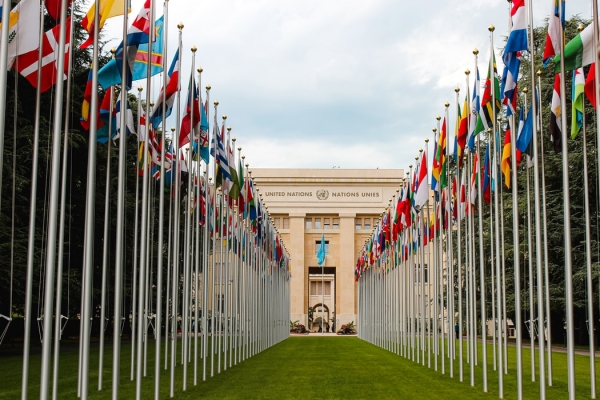The United Nations Secretary General, Antonio Guterres, submitted a new report to the UN General Assembly. Guterres oversees the UN Secretariat which functions as the UN’s operations office and serves as the ninth UN Secretary General. He previously served as the United Nations High Commissioner for Refugees from 2005 to 2015 and thus has experience with the refugee crises in many critical nations such as Iraq, South Sudan, Yemen, Syria, and the Central African Republic. Guterres is extremely concerned with humanitarian issues and has spent the majority of his career devoted to helping those less fortunate escape poverty and persecution.
The aims of this document are to bring awareness to the state of global peace and security for different people throughout the world and to effectively allocate aid to those who need it most. This specific report was submitted as a result of another General Assembly Resolution 72/243 which called for the Secretary General to submit an overview of the global state of peace in coordination with the UN Charter’s guidelines. The main goal of the report is to effectively highlight the areas of the world which need improvement in regards to their humanitarian situation. The report’s goal is also to provide a brief overview of what the UN General Assembly plans to do in the coming 75th year of the body’s existence.
In summary, the UN Secretary General’s report on the global state of peace and security concluded that there are still many areas of the world who live in poverty and states of fear. There is still a great need for humanitarian aid for many citizens around the world. Guterres highlights how interstate war was the largest source of conflict at the time of the UN’s creation, but in recent years has been on the vast decline. Today, interstate wars are not a concern, but rather intra-state wars have become the largest sources of conflict. According to a study by the World Social Report in 2018, 71% of the world’s population live in countries with rising inequality, 20.8% live in countries with falling inequality, and 8.2% live in countries with no trend. There is a regional disparity to the nature of conflict; Europe, East Asia and Latin America have seen a decline in armed conflict in the past four decades. Other regions, such as the Middle East, Africa, and the Arab regions, have experienced a rising amount of armed and violent conflicts. The report also highlights the danger that nuclear weapons pose to civilians of countries with high rates of violence. After the Cold War, nuclear non-proliferation efforts were increased, though this trend is now on the decline. Regions with high rates of violence also yield higher rates of nuclear proliferation, according to the Secretary General’s report.
The conclusion of the UN Secretary General’s report is that there is still a great need for international cooperation in order to equalize the world and bring people in certain regions out of poverty. Guterres recommends that “efforts include local actors, civil society and the private sector and are anchored in the full and meaningful participation of women, young people and other segments of society, such as persons with disabilities.” There are enough resources in the world to grant everyone a suitable quality of life, including safety and security. Guterres highlights how this is only possible through interaction between states and local actors whose goals are to help others. With this, the global state of peace and security might improve for those who are in the most danger on a daily basis.
To read more, please visit:
https://dppa.un.org/sites/default/files/2010245_sg_report_web.pdf
Author: Gabriella Pavlakis; Editor: Sitara Sandhu




